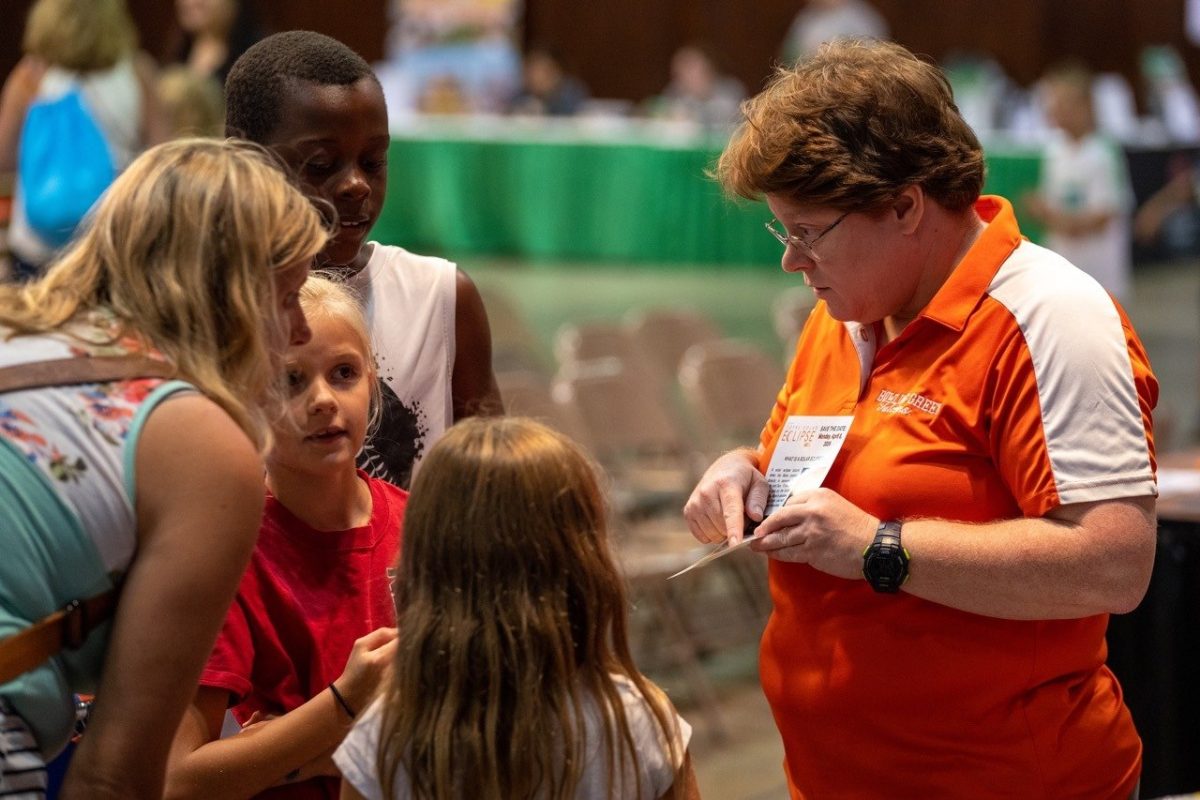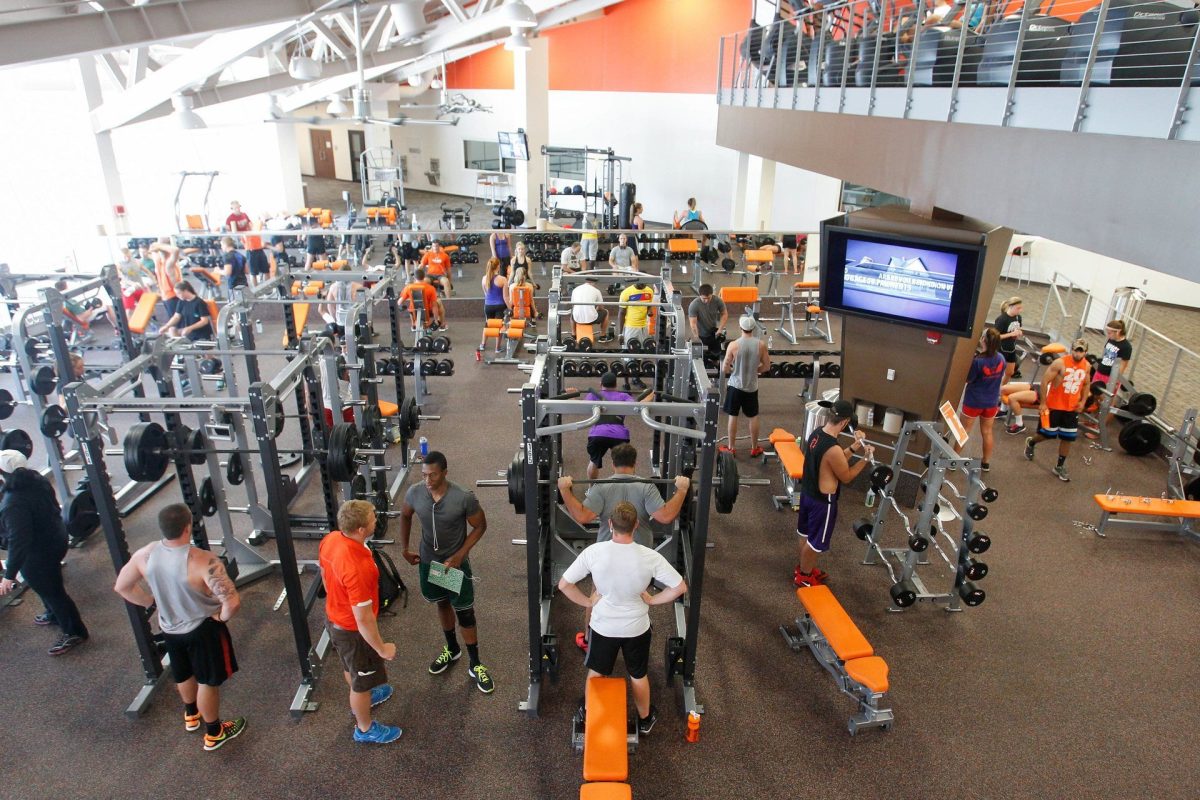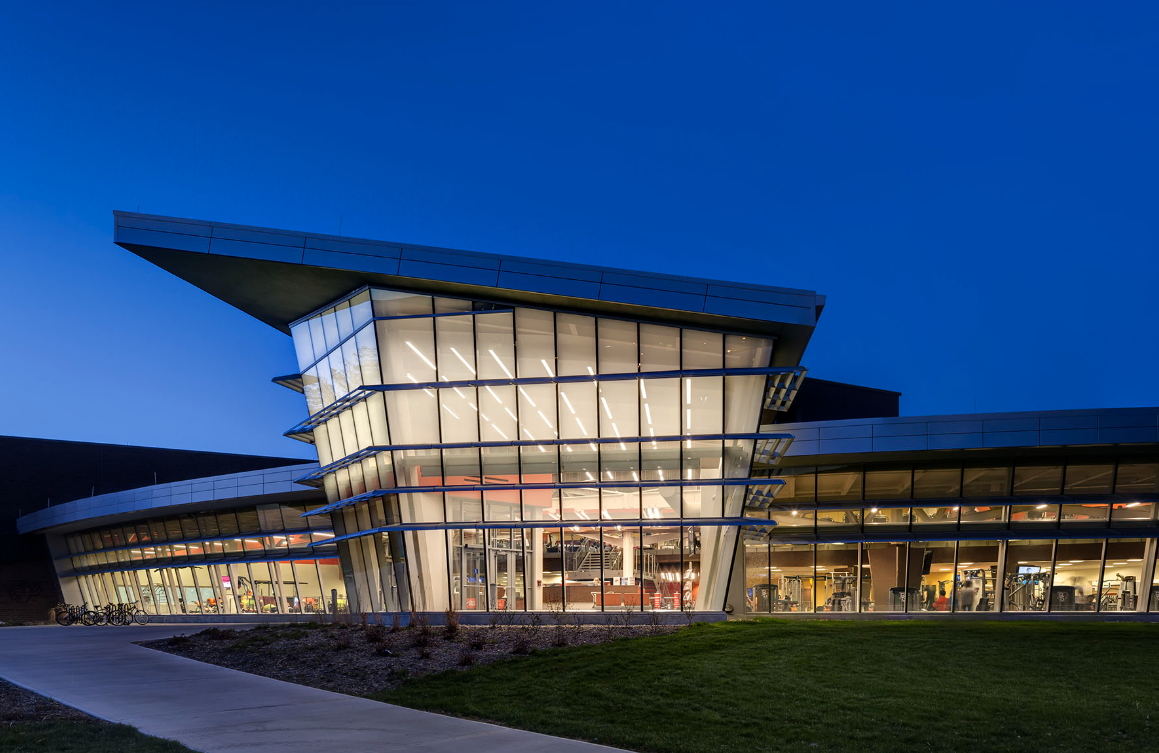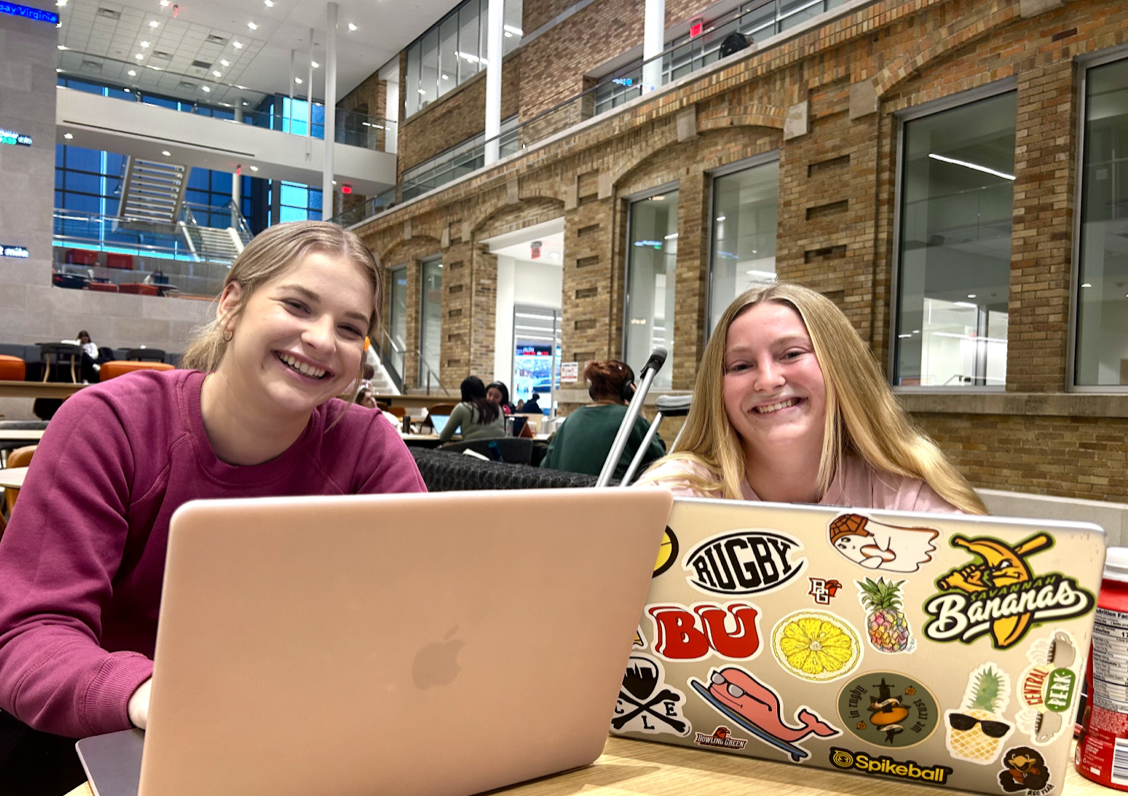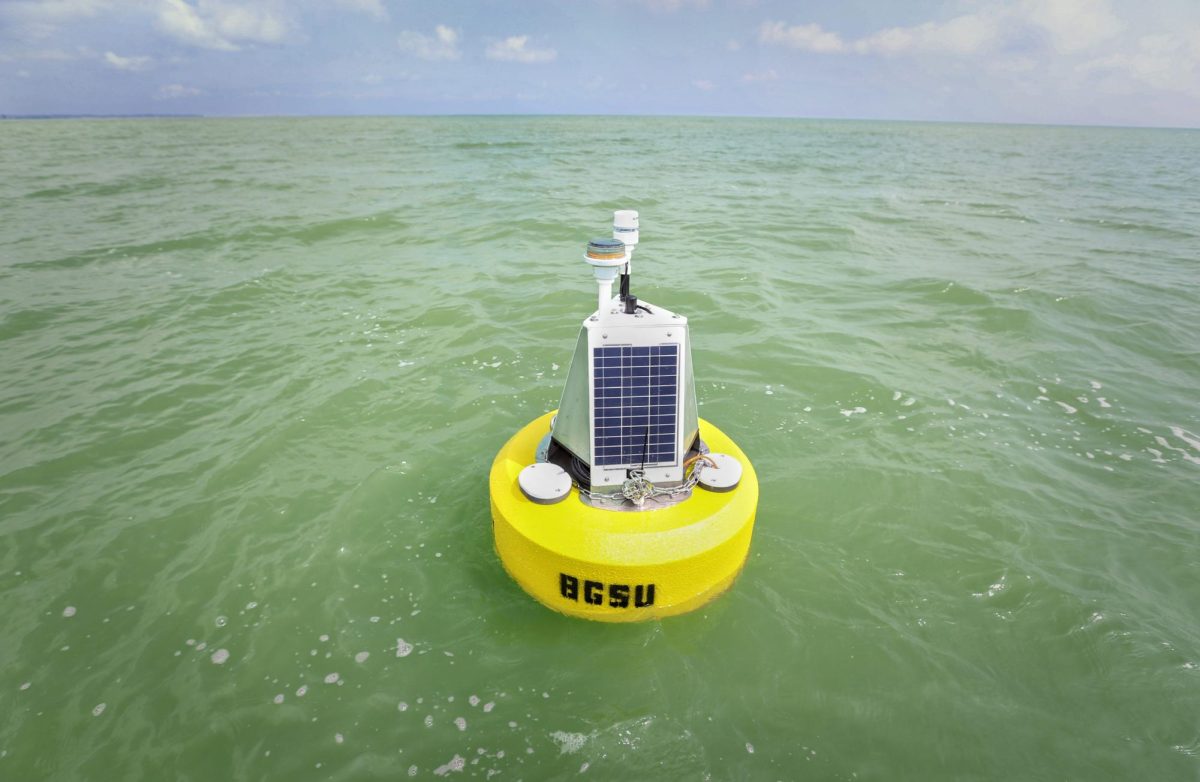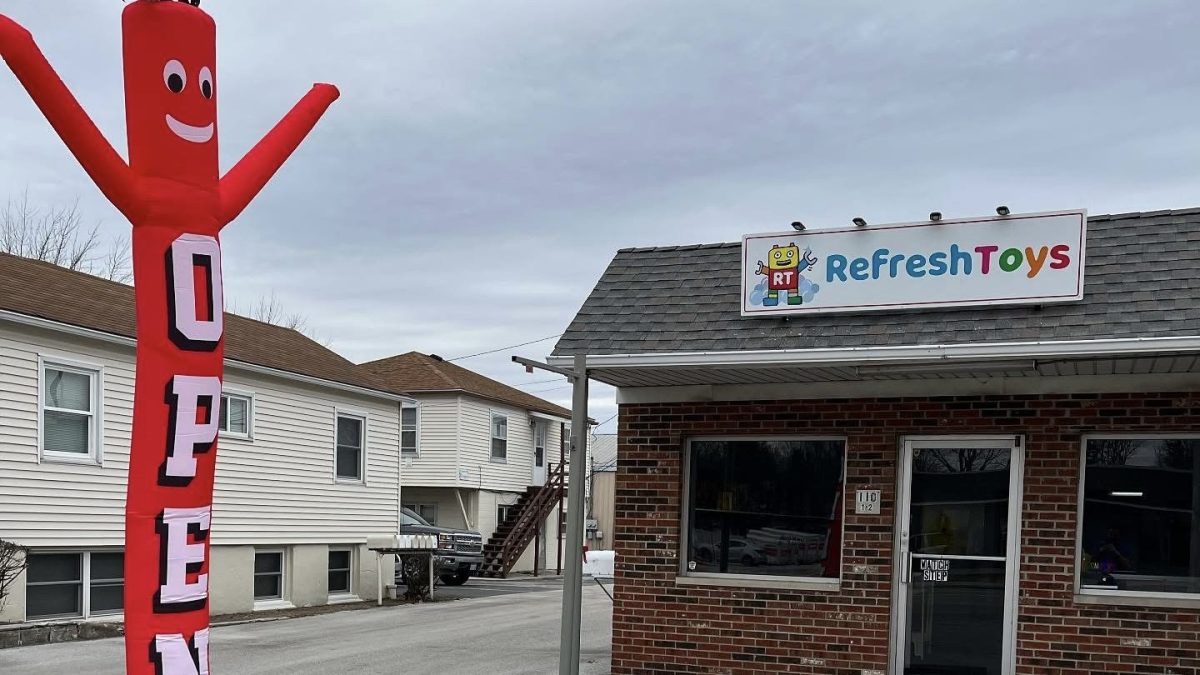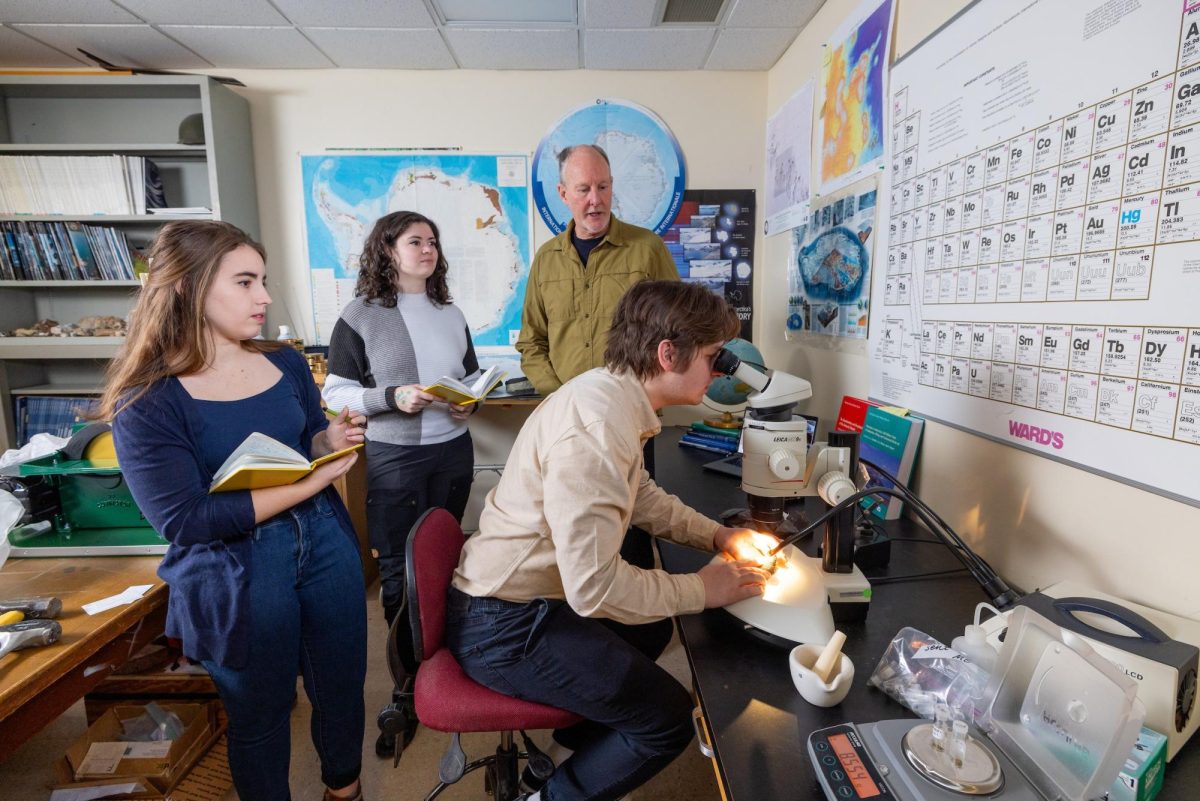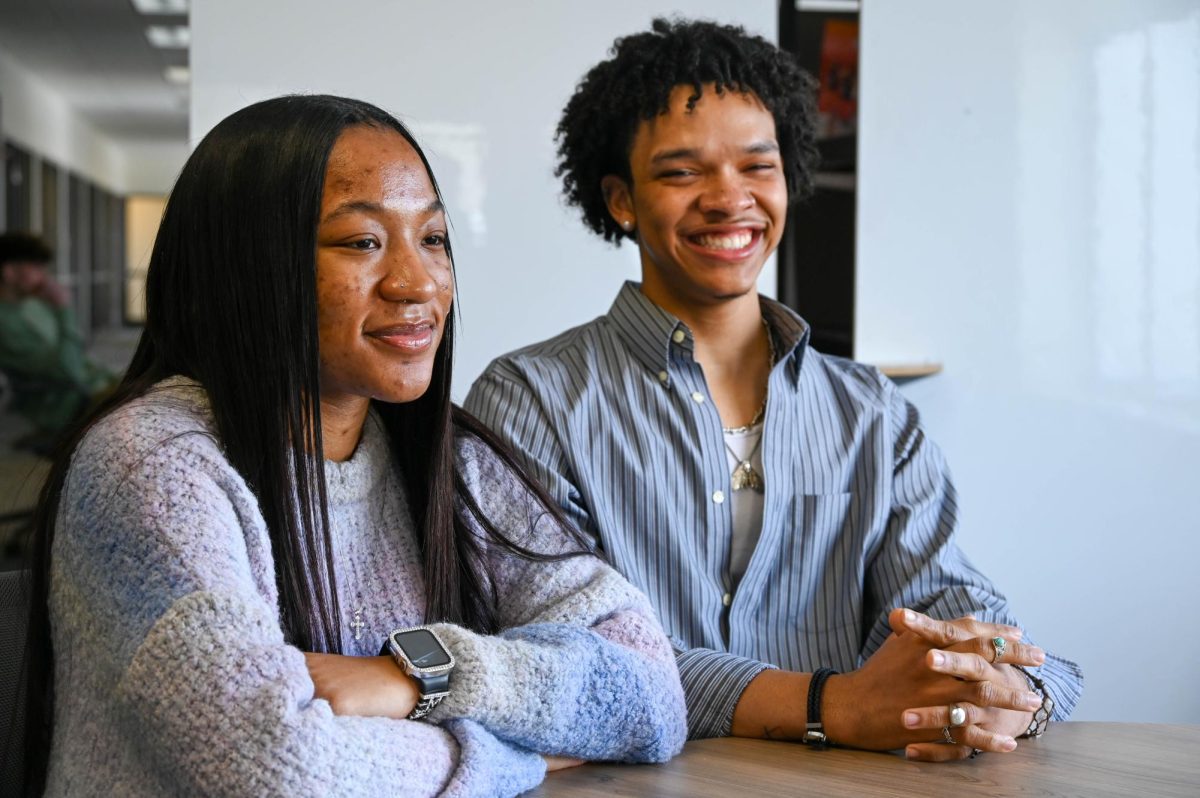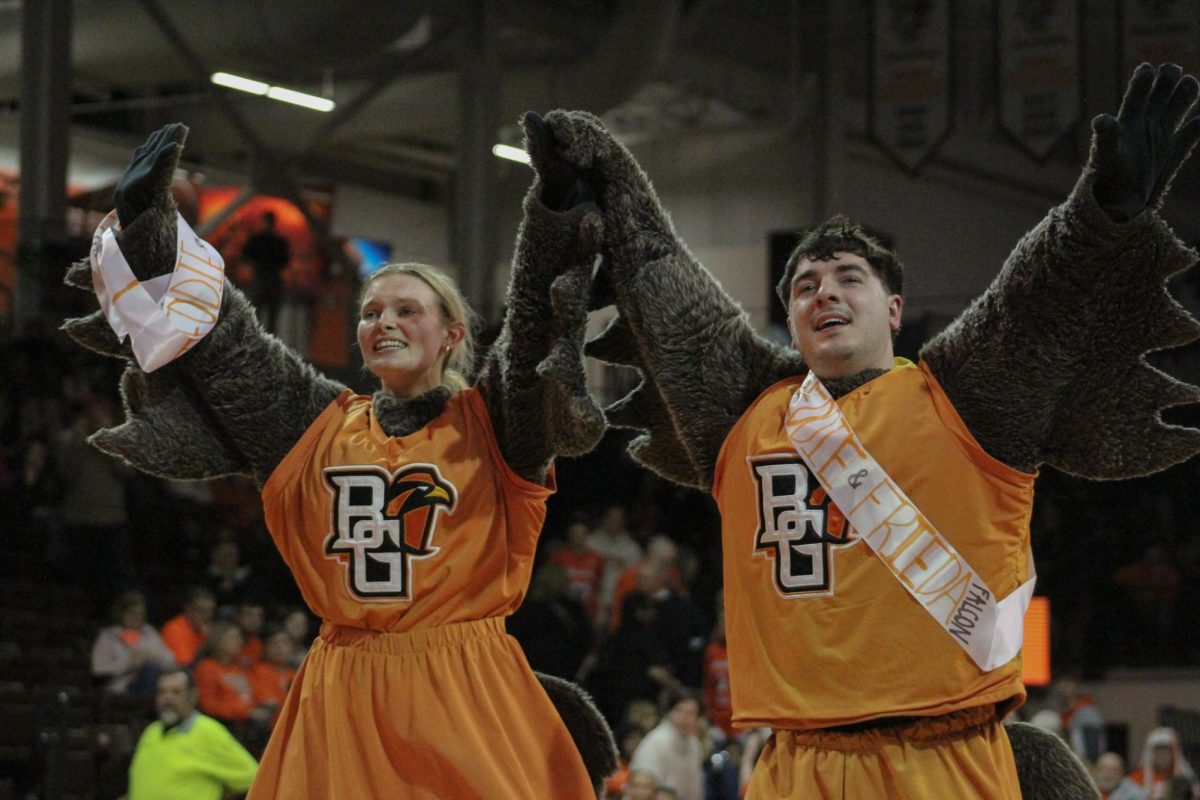The floor usually occupied by the University’s athletic teams was covered by carpet, a stage surrounded by large monitors and student entrepreneurs anxiously waiting for their turn to prove that they have the next big business idea.
Those nine student entrepreneurs are members of a program called The Hatch, funded by the University’s College of Business.
The Hatch program was founded three years ago by Dean Ray Braun and Dallas-Hamilton center founder Kirk Kern to encourage young entrepreneurs to develop budding business ideas.
In 2015, Kern reported that more than 100 students applied for the program and nine students were selected.
Applicants are named “Hatchlings.” Selected at the beginning of the academic year, they plan, develop and research their business model until The Hatch event in April.
The 2015 Hatchlings were seniors Matthew Snider and Elsa Vogel, juniors Michael Cervantes, Haksun Lee, Devon Williams and Meredith Keller, and first years Allen Viancourt, Thomas Stevens and Mark Kohn.
While not all Hatchlings were invested in, each participant was given the opportunity to network and receive feedback from the investors who are CEOs, vice presidents and owners of various companies and businesses.
“I think [The Hatch] is really growing, [that’s] what amazes me. The marketing and how the young people have gotten attached to the University because of it,” said President Mary Ellen Mazey.
The first Hatchling to present was Michael Cervantes.
Cervantes presented a business idea called Machi Hibachi, a food truck specializing in Hibachi food. While Cervantes came in confident about his plan and marketing strategy, the investors expressed concerns about the local nature of the truck and the stability of the food truck business. All five investors said no to Machi Hibachi.
“You can’t win them all, but I’m definitely not giving up on Machi,” he said after the event.
The second Hatchling was Allen Viancourt.
Viancourt presented a business idea called Tech Turf, a new training model for football players.
Most of the investors were hesitant to invest immediately in Tech Turf because of pricing, licensing and development options. Viancourt combatted their worries by speaking to his marketing strategy by asking University athletes and coaches if they would use it. They said yes.
Investor Brian Sokol spoke for all investors to say, “It’s a potential deal.”
Tech Turf will potentially be developed with investors after discussion following The Hatch event.
Next up was Hatchling Elsa Vogel.
Vogel presented a business idea called Pieces of Me, an app that creates personalized clothing using a person’s personality traits.
After some concern that merchandise would be “just a trend or fad” by investor Linda Forte and other discussions, Pieces of Me was chosen to be funded by all five investors.
“I’m just so excited for this and I’m so happy to have my sorority sisters giving me so much support. It’s exciting,” Vogel said after the event.
The fourth Hatchling was Haksun Lee.
Lee presented the Teddy Teller, a teddy bear to help children learn different languages.
After discussing the idea that the actual technology of the teddy bear would have more investment the original idea, all five investors said no, with one investor offering guidance to network after the event.
The fifth Hatchling was Meredith Keller.
Keller originally entered The Hatch program working on an app that helps those diagnosed with cystic fibrosis. However, she found out this program was being developed by the Cincinnati Children’s Hospital in week three of the process.
Keller’s presentation urged students and investors to invest in the Christina Davidson foundation, a foundation that raises money for cystic fibrosis research.
The sixth Hatchling was Thomas Stevens.
Stevens presented Caddie Cab, a campus taxi service.
Investors were hesitant to invest in Caddie Cab because of licensing, trademark and the location of the business. Because of this, all five investors said that Stevens could refine his plan and then there would be room for funding.
The seventh Hatchling was Mark Kohn.
Kohn presented U-BEEquity, an online service for local beekeepers to sell their product.
Investor Scott Rothweiler asked Kohn, “Are you a beekeeper or a business person?” After debating if Kohn had enough market and supply to create a stable business, all five investors chose not to invest.
The eighth Hatchling was Devon Williams.
Williams presented MuSync, an app that allows music to be shared and listened to on multiple devices at once.
She was eager and confident that she was going to be invested in, and all five investors saw her confidence. After some discussion about target audiences, all five investors were willing to help her develop her app.
“I have so many emotions,” Williams said after the event. “I am so excited that investors are taking this chance on me.”
The final Hatchling was Matthew Snider.
Snider presented TRIck Shot, a 3 in 1 board game marketed toward tailgaters and college students.
After conversation about investment in production in the United States and licensing agreements with sporting goods, four out of the five investors agreed to help develop TRIck Shot after further developments.
The 2015 Hatch event brought in more than 2,000 students to the Stroh to see the wide range of ideas created by their peers.
“I thought they were all excellent and I really enjoyed the diversity of the subject matter,” Mazey said. “They were very creative. From designing clothes, to apps, even the cystic fibrosis was very touching.”


